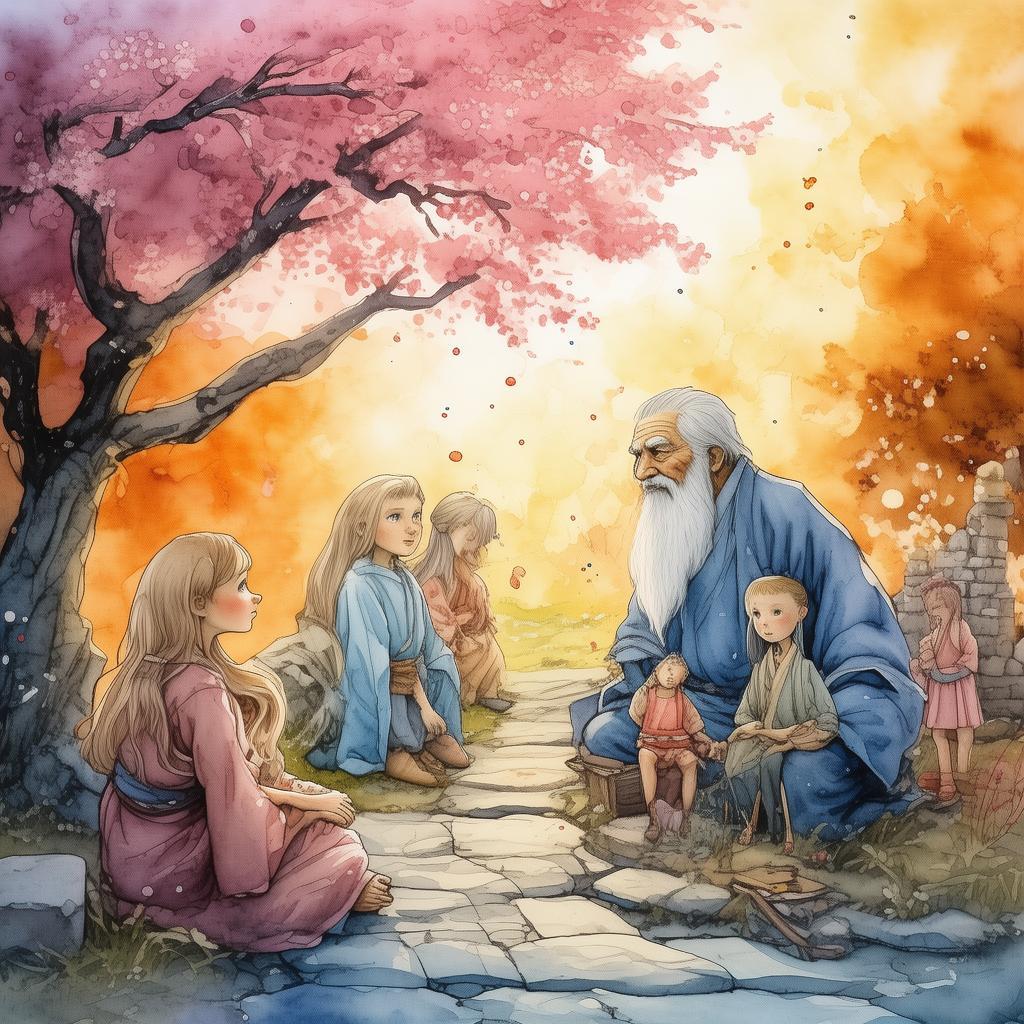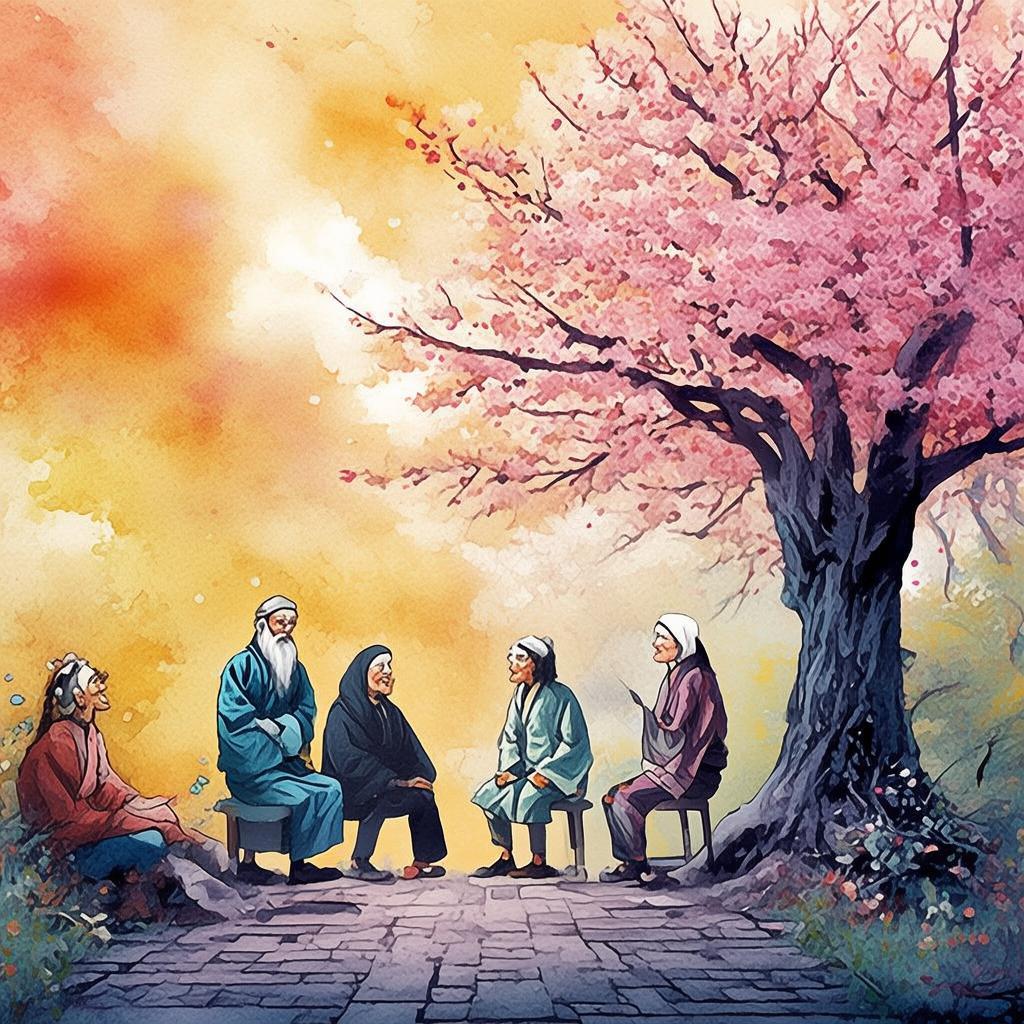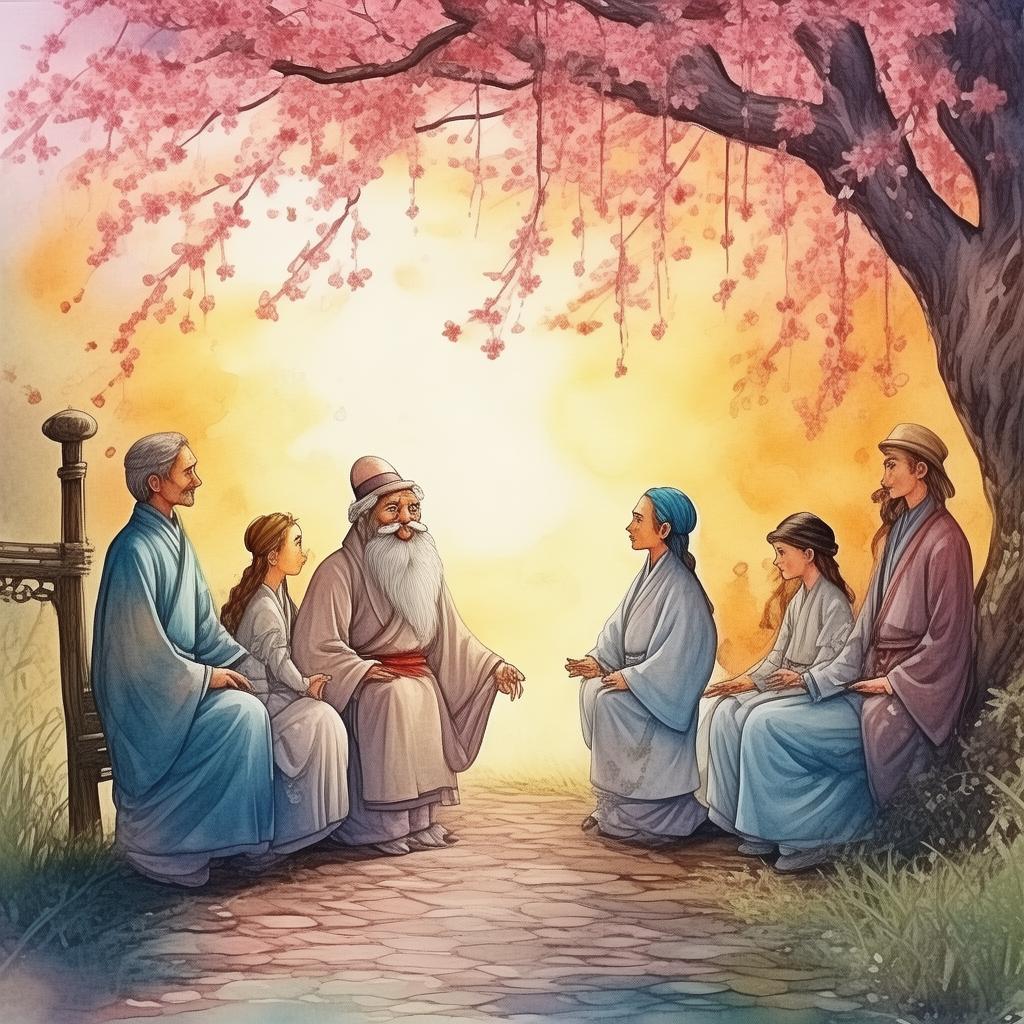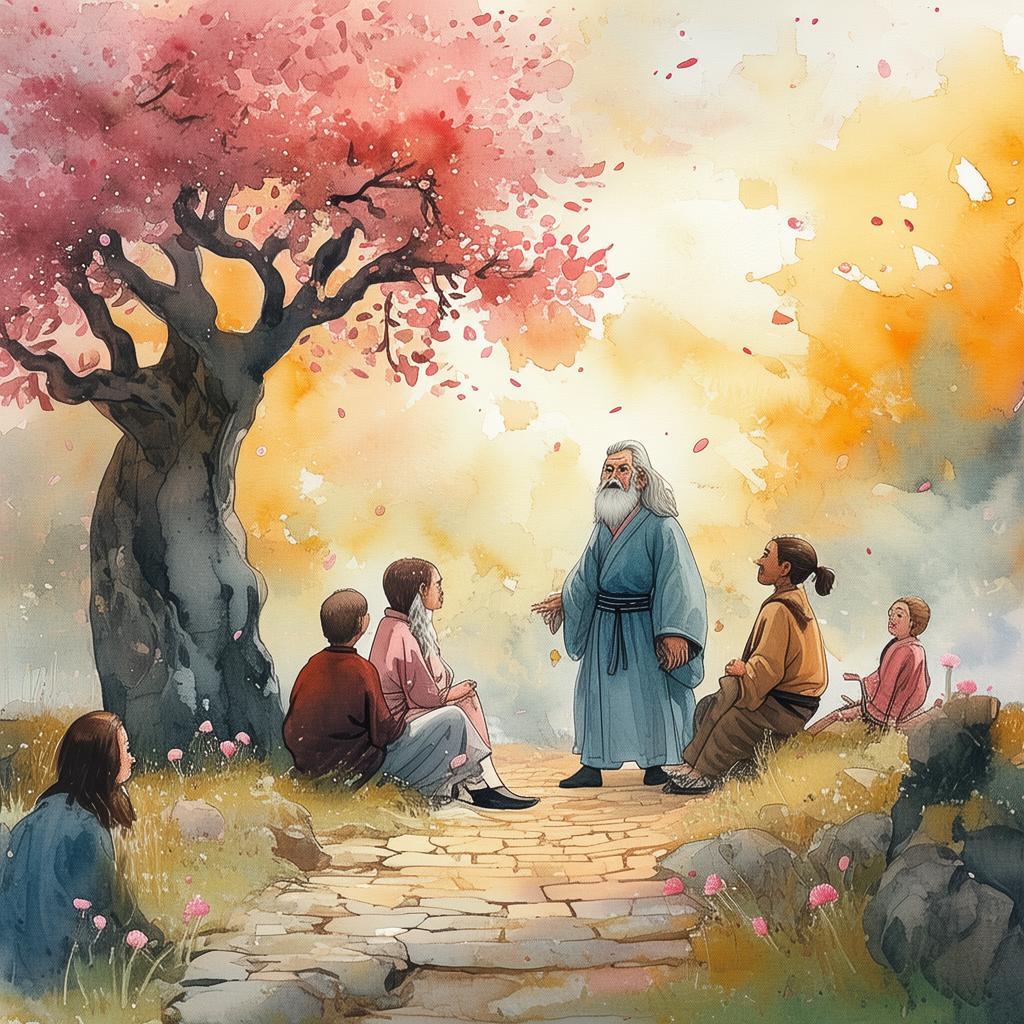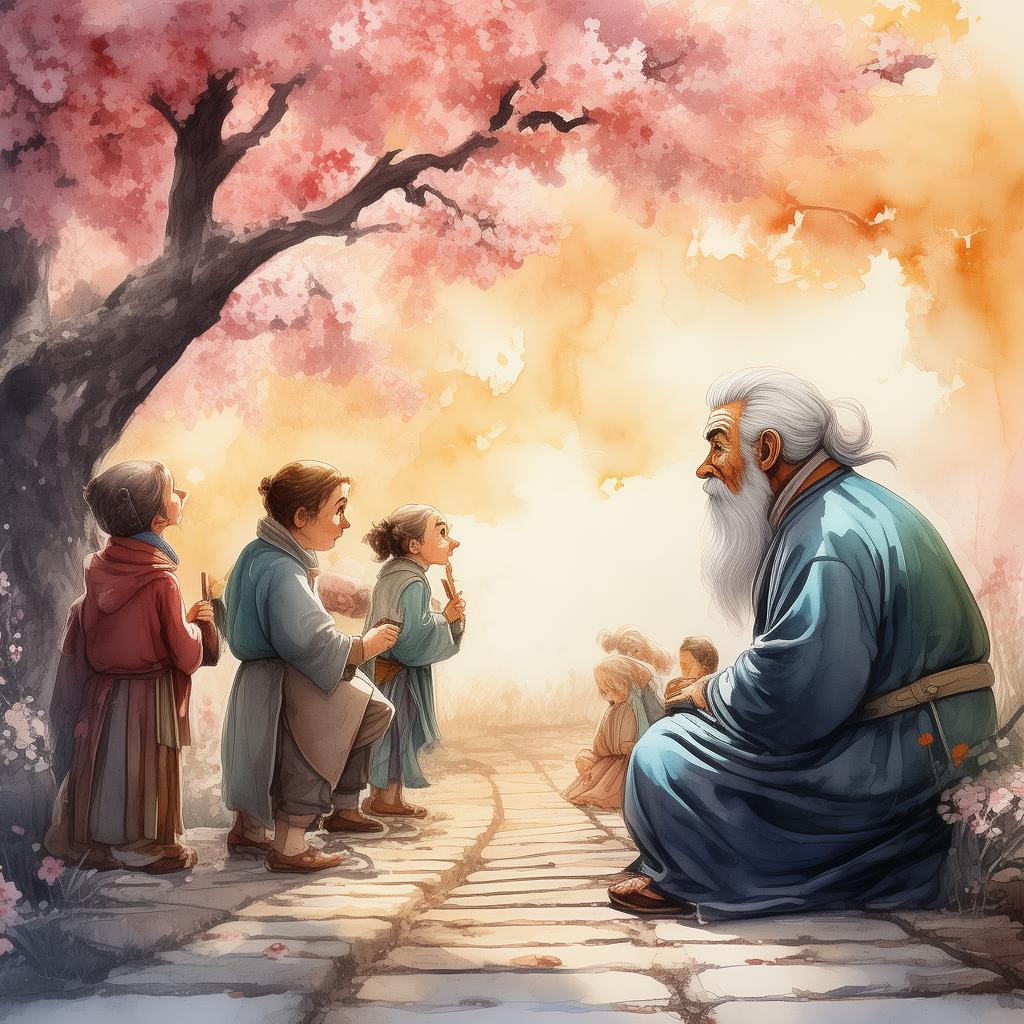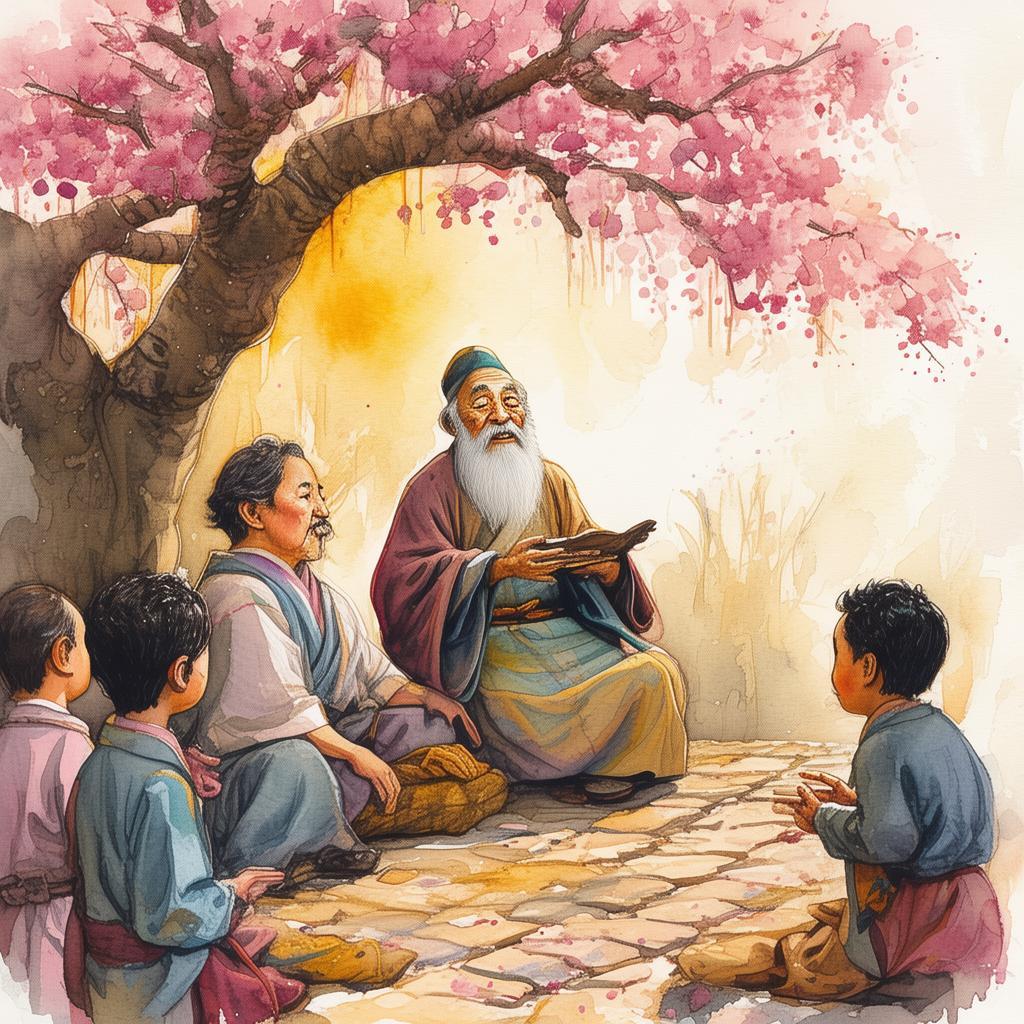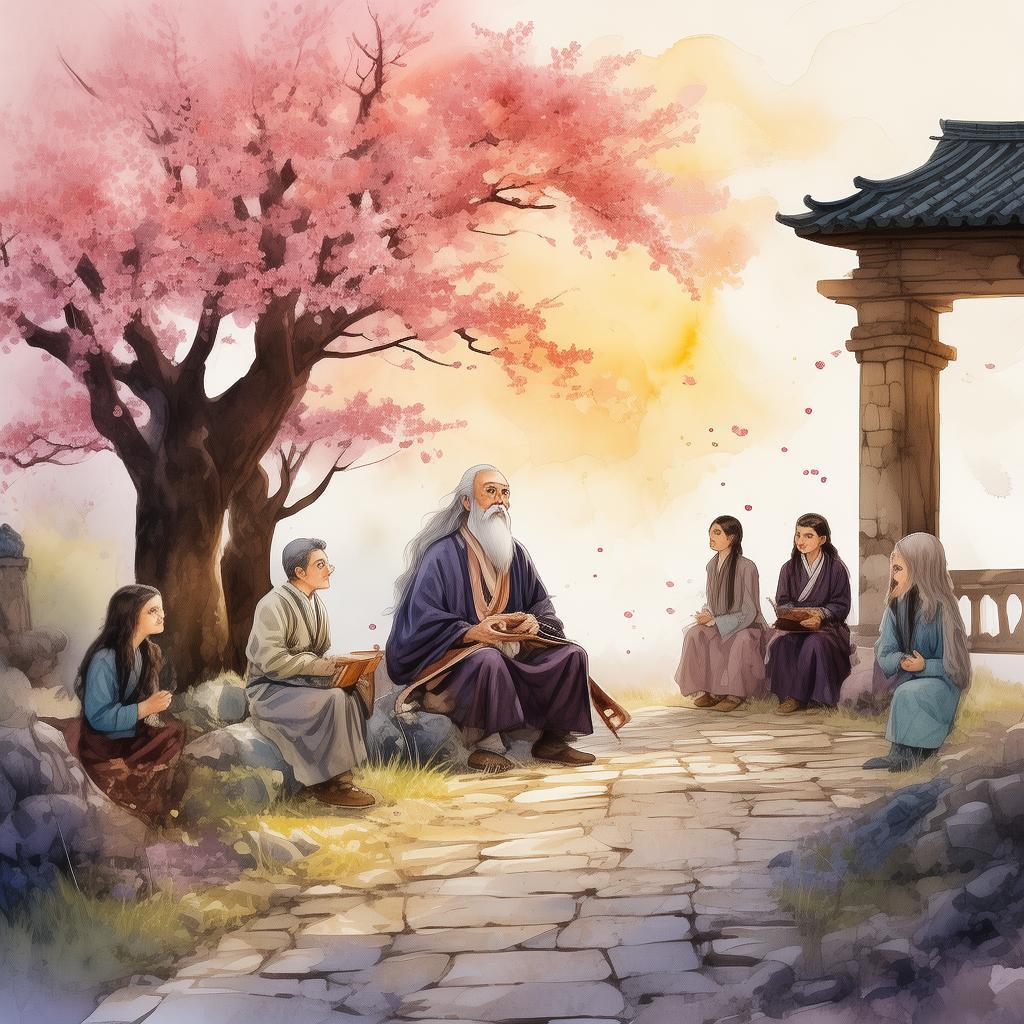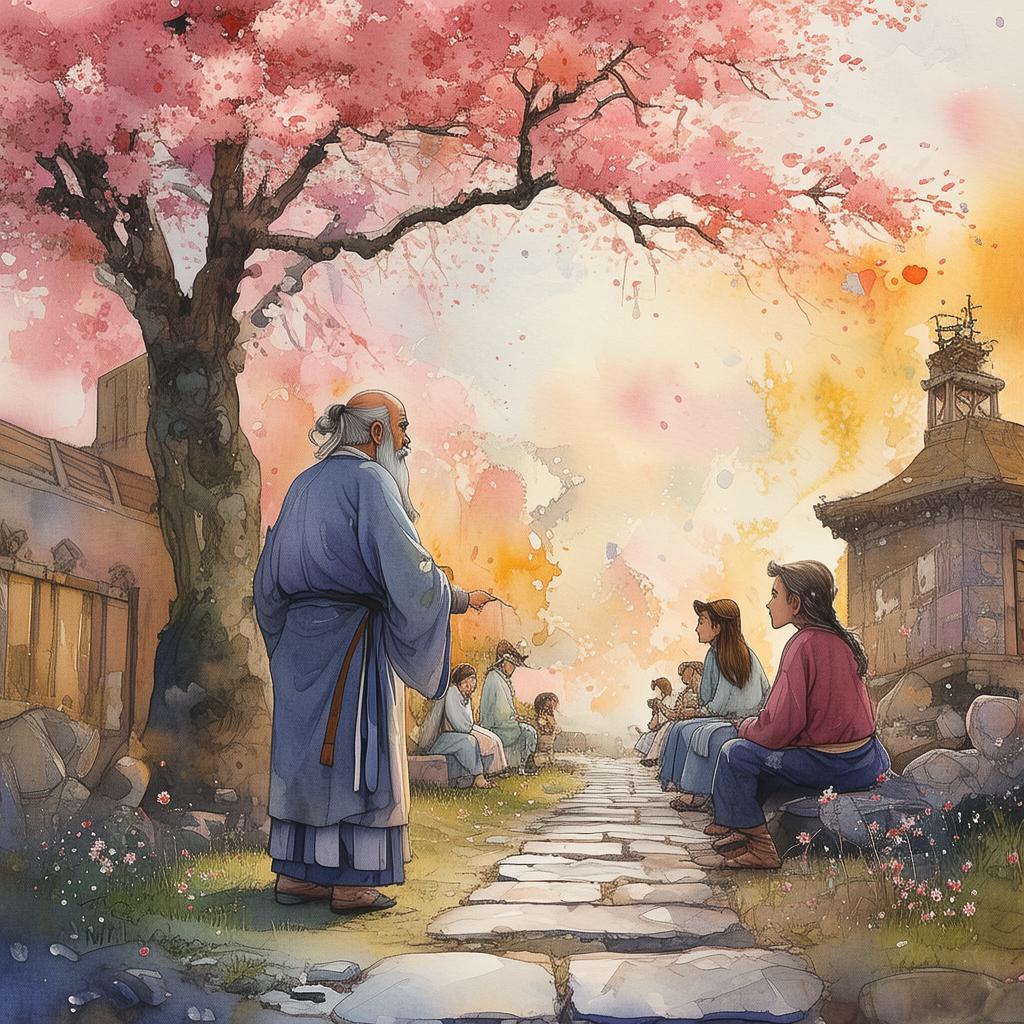The Vanishing Artist: Painting Worlds Without Witness
In the heart of the bustling city, where the neon lights danced with the hum of the city, there was a reclusive artist named Ling, whose name was as obscure as the art he created. His studio was a sanctuary of shadows, a place where colors seemed to breathe life into the canvas, painting worlds that defied the senses.
Ling was known as the Vanishing Artist, for his work seemed to vanish into the realm of perception, leaving behind a sense of wonder and mystery. His paintings were sold for astronomical prices, but their true value lay not in their monetary worth, but in the profound impact they had on the observer.
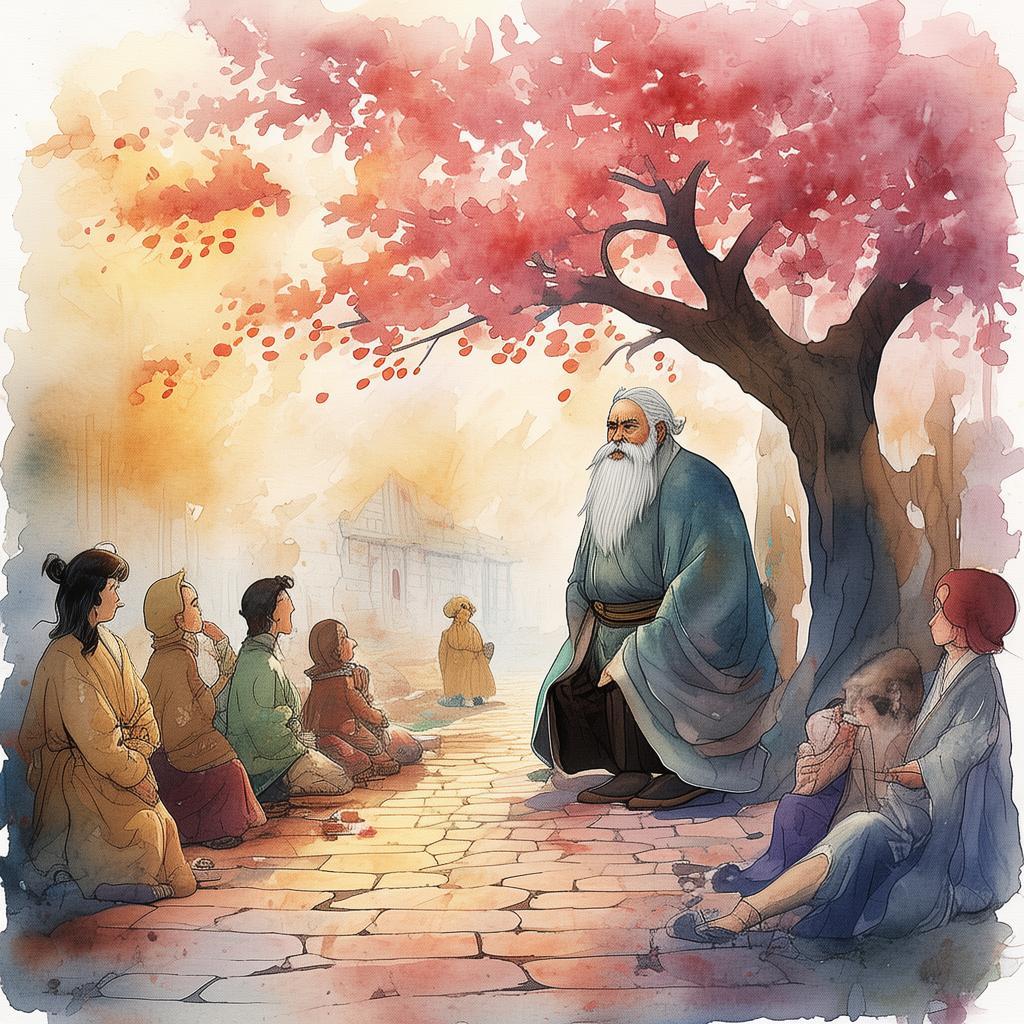
The story began on a crisp autumn morning, when a young gallery owner named Mei, with a keen eye for art, discovered a new piece in Ling's studio. The painting was unlike any she had ever seen—it depicted a serene landscape, bathed in the ethereal glow of moonlight. The figures in the painting, though, were ghostly, their features indistinct, as if they were mere shadows in a dream.
Mei was captivated. She couldn't shake the feeling that the painting was alive, that it held a secret that was waiting to be discovered. She decided to purchase it, hoping to unravel its mysteries.
As Mei examined the painting, she noticed that the shadows seemed to shift and change, as if they were moving with the breath of the air. She found herself drawn to a particular figure, a woman with eyes that held the weight of the world, and a face that seemed to change with each glance.
Determined to uncover the truth behind the painting, Mei sought out the Vanishing Artist. She found him in his studio, a small, cluttered space filled with canvases and paintbrushes. Ling was an older man with a gentle smile and eyes that reflected the depth of his art. He seemed almost otherworldly, as if he were part of the paintings he created.
Mei explained her fascination with the painting and asked Ling if he could tell her anything about it. To her surprise, Ling spoke of the woman in the painting as if she were a person he had known. He said that her name was Yueling, and that she was a witness to the world's true essence.
According to Ling, Yueling could see through the facade of reality, revealing the hidden truths and secrets that lay beneath the surface of everyday life. She was a guardian of perception, a bridge between the tangible and the intangible.
Mei was intrigued, but she couldn't help but feel that there was more to the story. She decided to investigate further, and with the help of Ling, she began to uncover the secrets that lay hidden in the painting.
As they delved deeper, they discovered that Yueling was not a figment of Ling's imagination, but a real person who had once lived in a world that was very much like the one they were living in. She had seen things that no one else could, and had hidden her truth within the paintings that Ling had created.
One day, as Mei and Ling were discussing Yueling's story, they received a mysterious letter. It contained a map that led to an old, abandoned house in the outskirts of the city. They decided to follow the map, hoping to find clues about Yueling and the truth behind the painting.
When they arrived at the house, they found it decrepit and overgrown with ivy. Inside, the air was thick with dust and decay. They began to search, and eventually stumbled upon a hidden room behind a wall that was covered in paintings of Yueling's life.
The room was filled with the same ethereal glow that seemed to emanate from the painting Mei had purchased. They realized that this was the place where Yueling had lived, and where she had hidden her truth from the world.
As they explored the room, they found letters, photographs, and even a journal that belonged to Yueling. The journal detailed her experiences, the secrets she had witnessed, and the pain she had endured as a result.
It was then that Mei and Ling realized that Yueling had not been alone. There were others like her, people who could see through the illusion of reality. They had been living in hiding, protected by the Vanishing Artist and his paintings.
The revelation changed everything. Mei and Ling understood that the painting was not just a work of art, but a beacon of hope for those who could see the truth. It was a reminder that even in a world that was often dark and unforgiving, there was always light to be found.
The story of the Vanishing Artist and the painting that painted worlds without witness spread like wildfire. People from all walks of life found solace in the art, in the knowledge that there was more to the world than what they could see with their eyes.
As the years passed, the painting continued to be a symbol of hope and truth. It was displayed in galleries and museums around the world, each viewer bringing their own perception and interpretation to it.
In the end, the painting became more than a work of art—it became a testament to the power of perception, and the truth that lies beyond the veil of reality.
And so, the Vanishing Artist continued to paint, his canvases filled with worlds that were waiting to be discovered. And in those worlds, the truth would always be waiting for those who dared to look beyond the surface.
✨ Original Statement ✨
All articles published on this website (including but not limited to text, images, videos, and other content) are original or authorized for reposting and are protected by relevant laws. Without the explicit written permission of this website, no individual or organization may copy, modify, repost, or use the content for commercial purposes.
If you need to quote or cooperate, please contact this site for authorization. We reserve the right to pursue legal responsibility for any unauthorized use.
Hereby declared.
